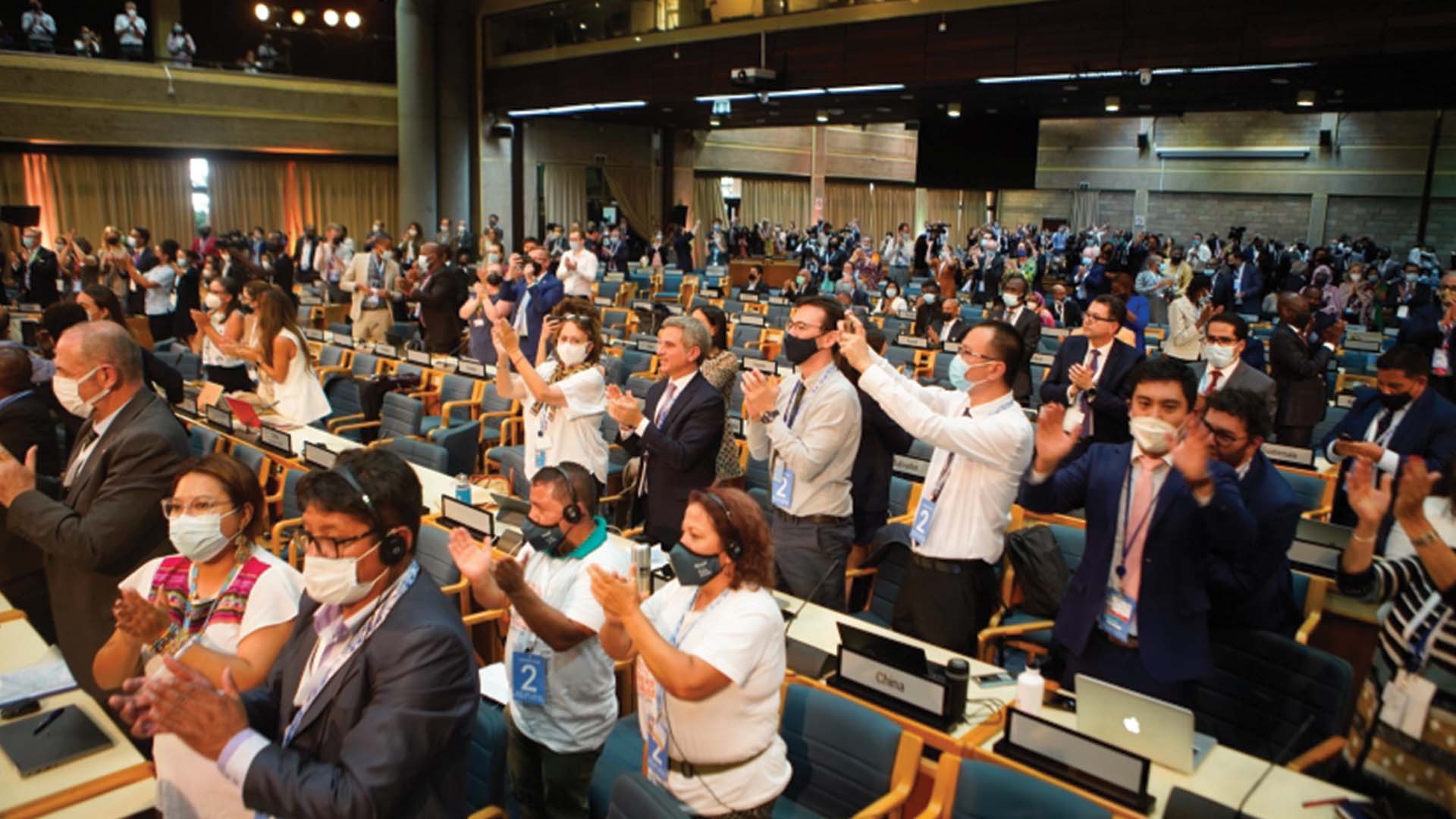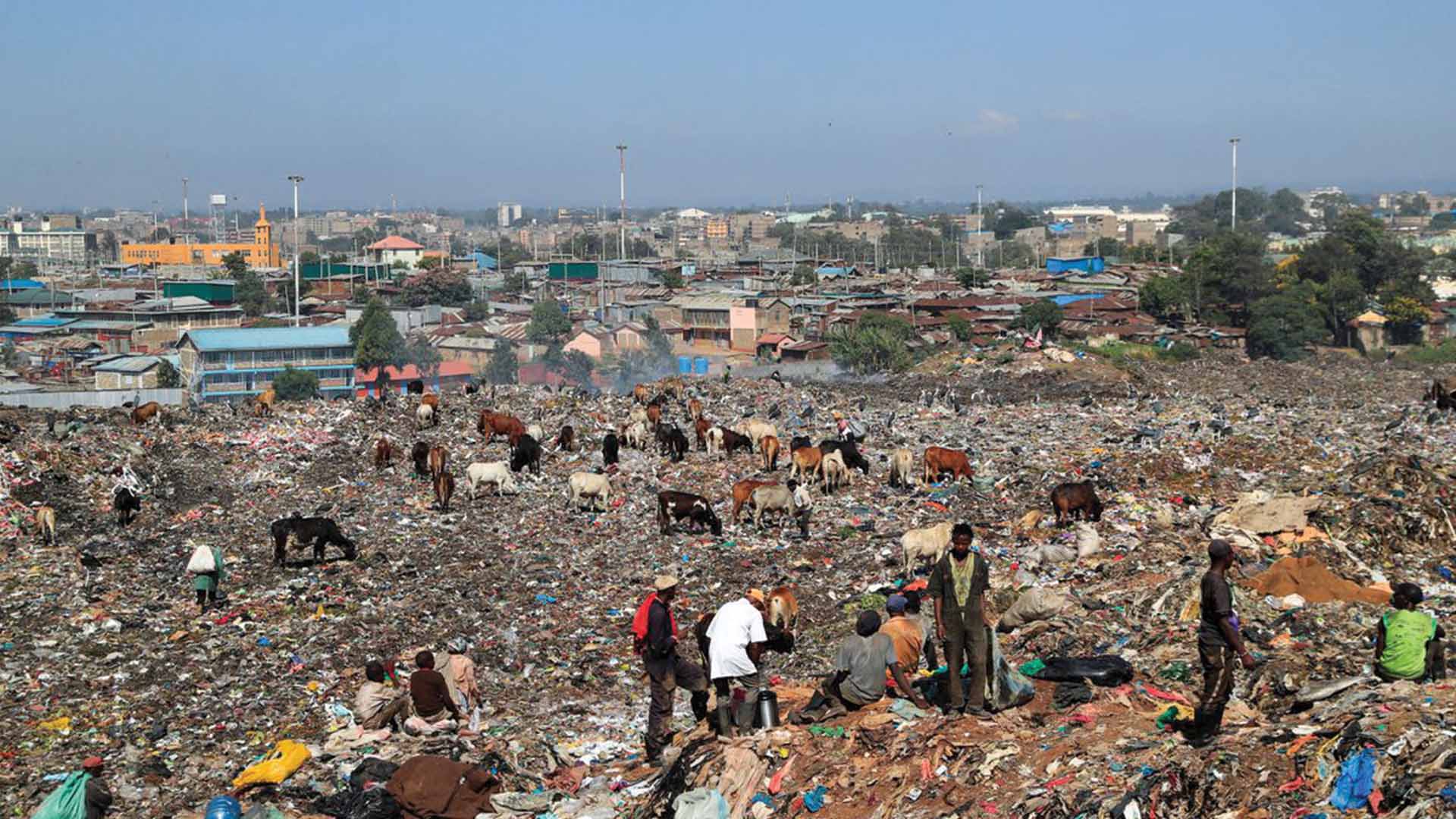At the United Nations Environmental Assembly in March 2022, delegates approved a landmark resolution to create the world’s first-ever global plastic pollution treaty at the United Nations Environment Assembly. The agreement establishes an Intergovernmental Negotiating Committee (INC) which will begin work this year to complete a draft legally binding agreement by the end of 2024.

The legally-binding treaty will address the full life cycle of plastic, including plastic alternatives, production, design, and disposal. Over the next two years, the INC will discuss the specifics of the agreement and report back on progress. Once completed, the United Nations Environmental Programme will hold a diplomatic conference to adopt its outcome and open it for signatures.
If the United Nations agrees to put restrictions on plastic production, use, or design (as is expected), this revolutionary treaty will dramatically affect oil and chemical companies who make raw plastic and consumer goods companies who manufacture products that use single-use packaging. It will also impact the economies of major plastic-producing countries, such as the United States, China, India, Saudi Arabia, and Japan.
The need for a legally binding worldwide treaty comes from a deepening sense of public concern over plastic pollution. Plastic production has risen exponentially in the last decades and now amounts to about 400 million tons per year. Experts predict that this figure will double by 2040.

Furthermore, of the estimated seven billion tonnes of plastic waste generated globally so far, less than 10 percent has been recycled. This results in a triple planetary crisis: climate change, nature, loss, and pollution. The exposure to plastic piling up at landfills and dumping sites alone results in a huge threat to human health and air pollution.
Additionally, if plastic use continues at the rate that it has, greenhouse gas emissions will account for 15 percent of allowed emissions under the terms of the Paris Agreement. The aspirational goal of the accord is to limit global heating to a temperature increase of 1.5 degrees Celsius (34.7 Fahrenheit) above pre-industrial levels.







